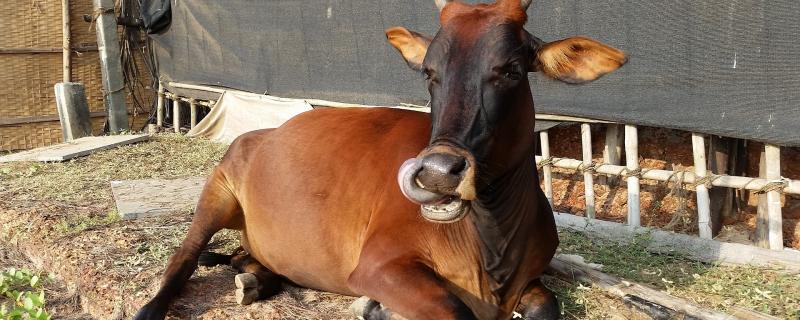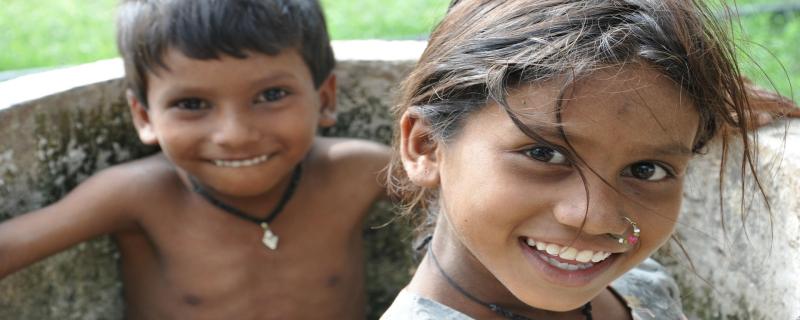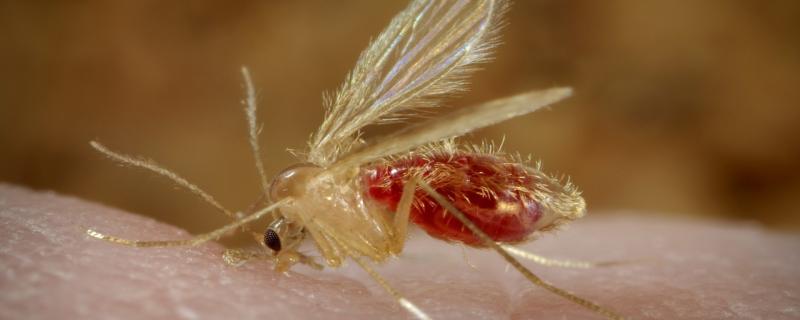During the years 2018-2019, India witnessed a few ‘Kisan Long Marches’, where thousands of farmers took to the streets. They marched against state and central governments to alleviate their suffering. Their demands included loan waivers, proper land ownership rights, access to insurance and other welfare schemes, and obtaining a justified price for their crops. The Indian farming community is facing a crisis and farmer suicides are increasing by the day. Does the country’s social and caste structure add to these woes of the farming community? A recent study by researchers has found some insights. The study, published in the journal PLOS One, explored if caste of the farmers played a role in them having access to agriculture-related information.
Pilia, an enigmatic genus of jumping spider has just been rediscovered in the tropical forests of Western Ghats after a staggering 123 years. The find has not only led to the description of a brand-new species, Pilia malenadu, but, also allowed researchers to document the first-ever female of the entire genus.
Chennai/










